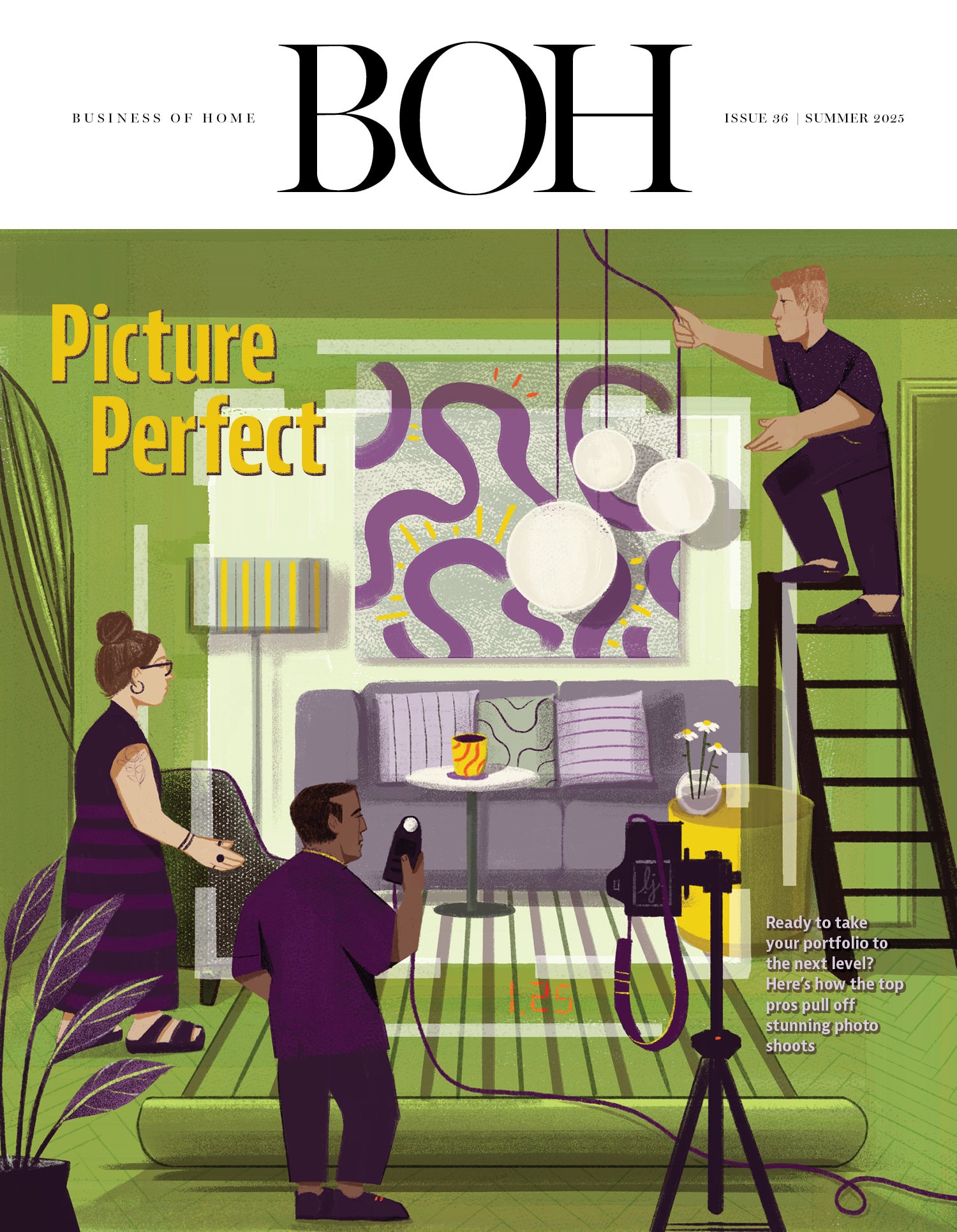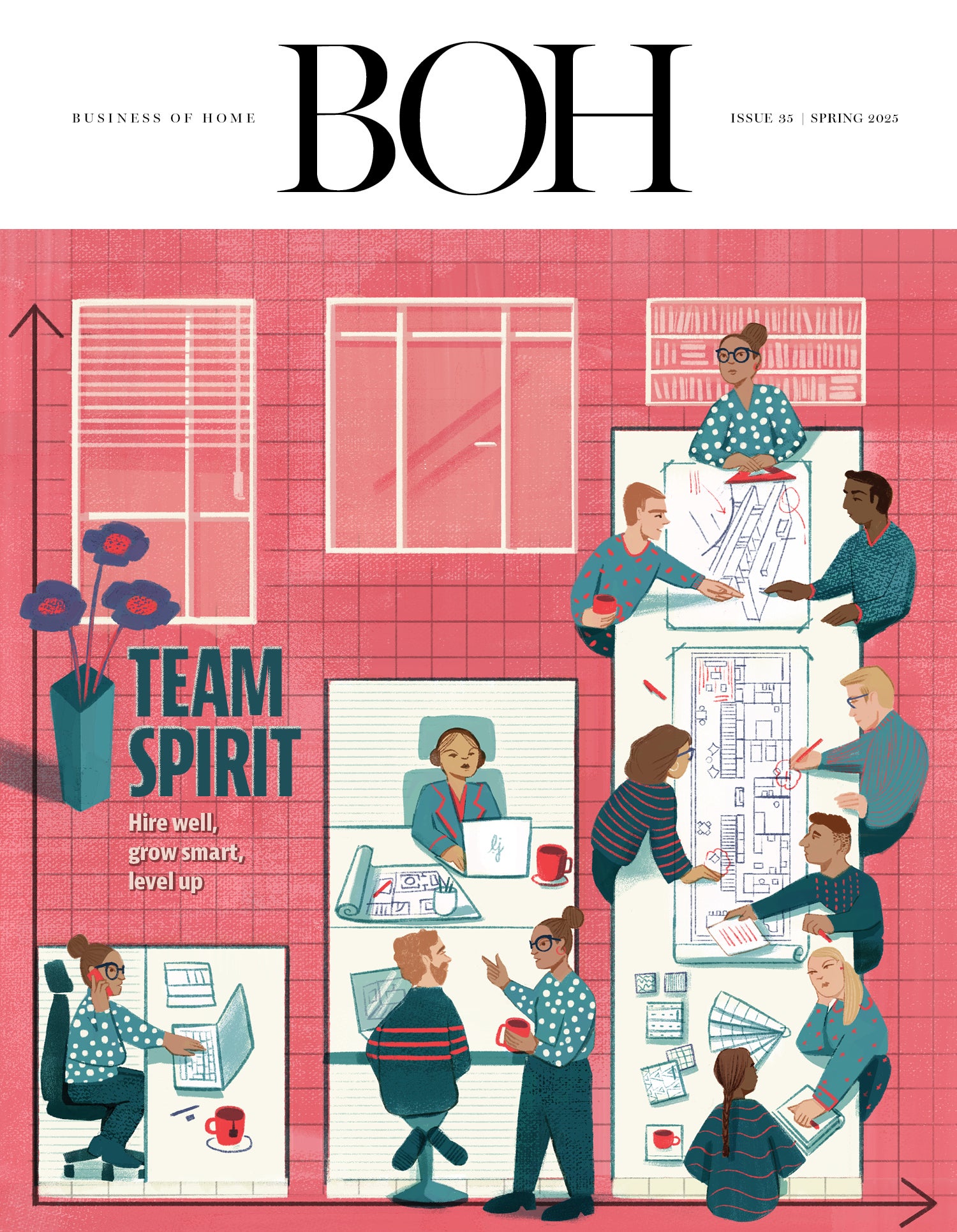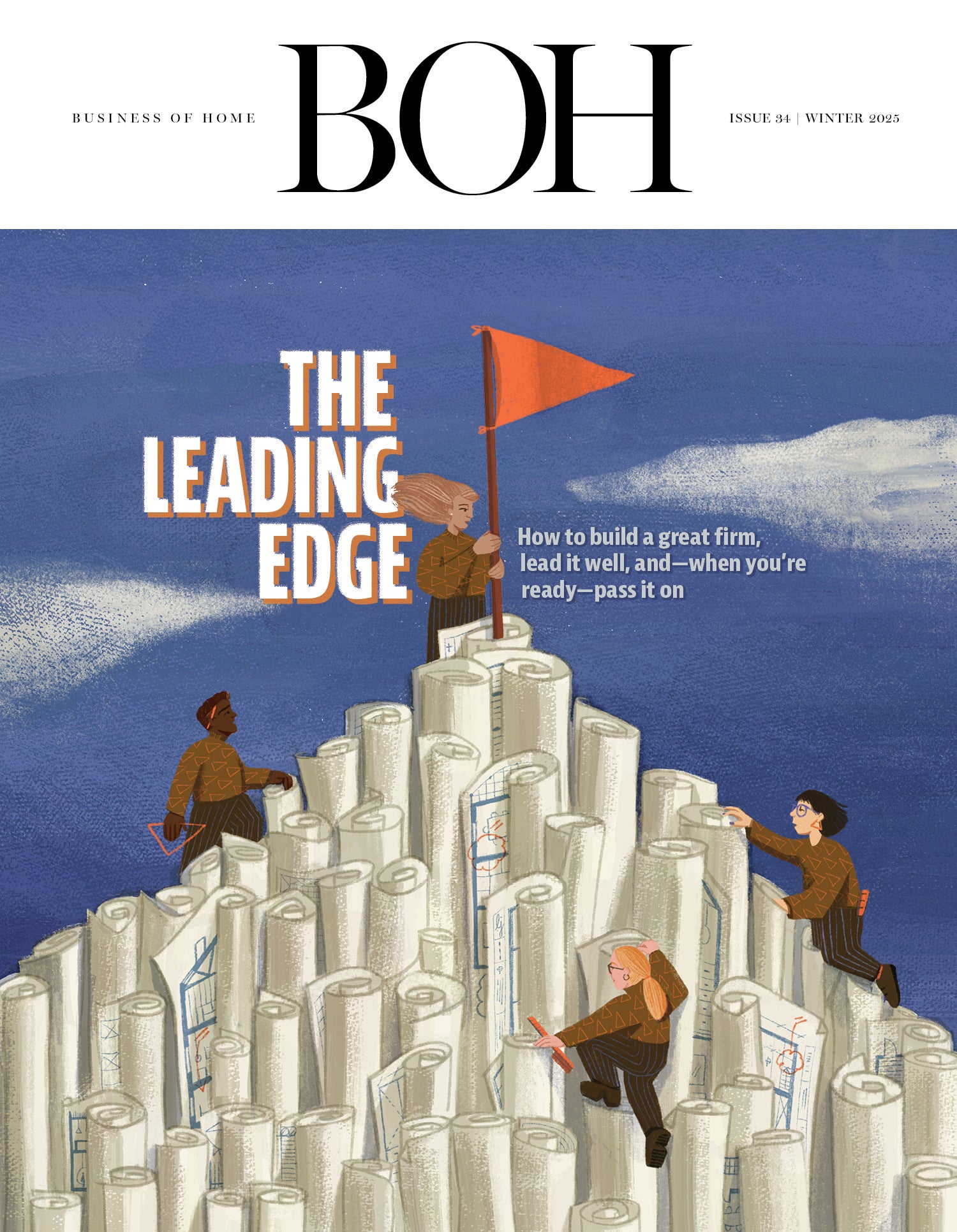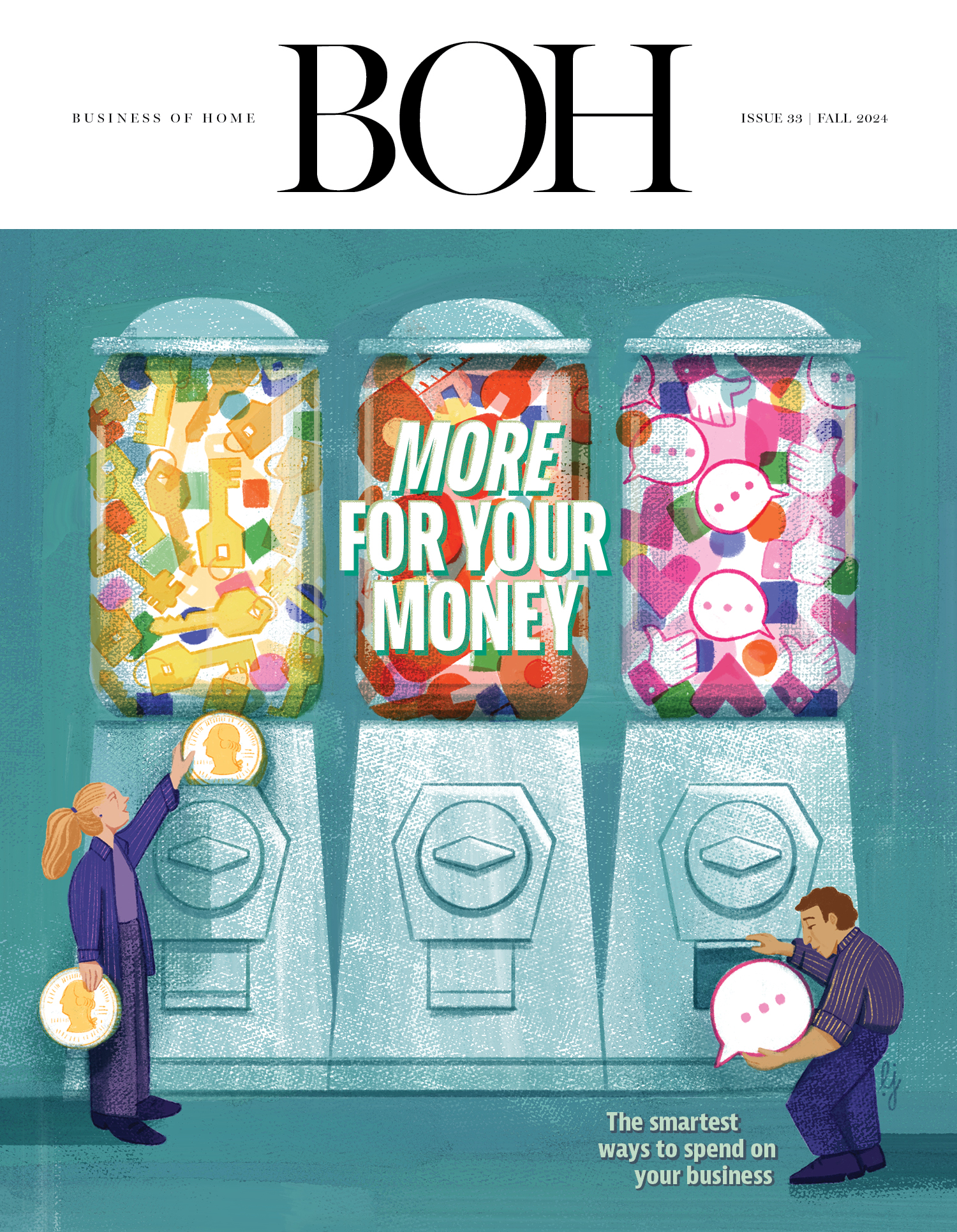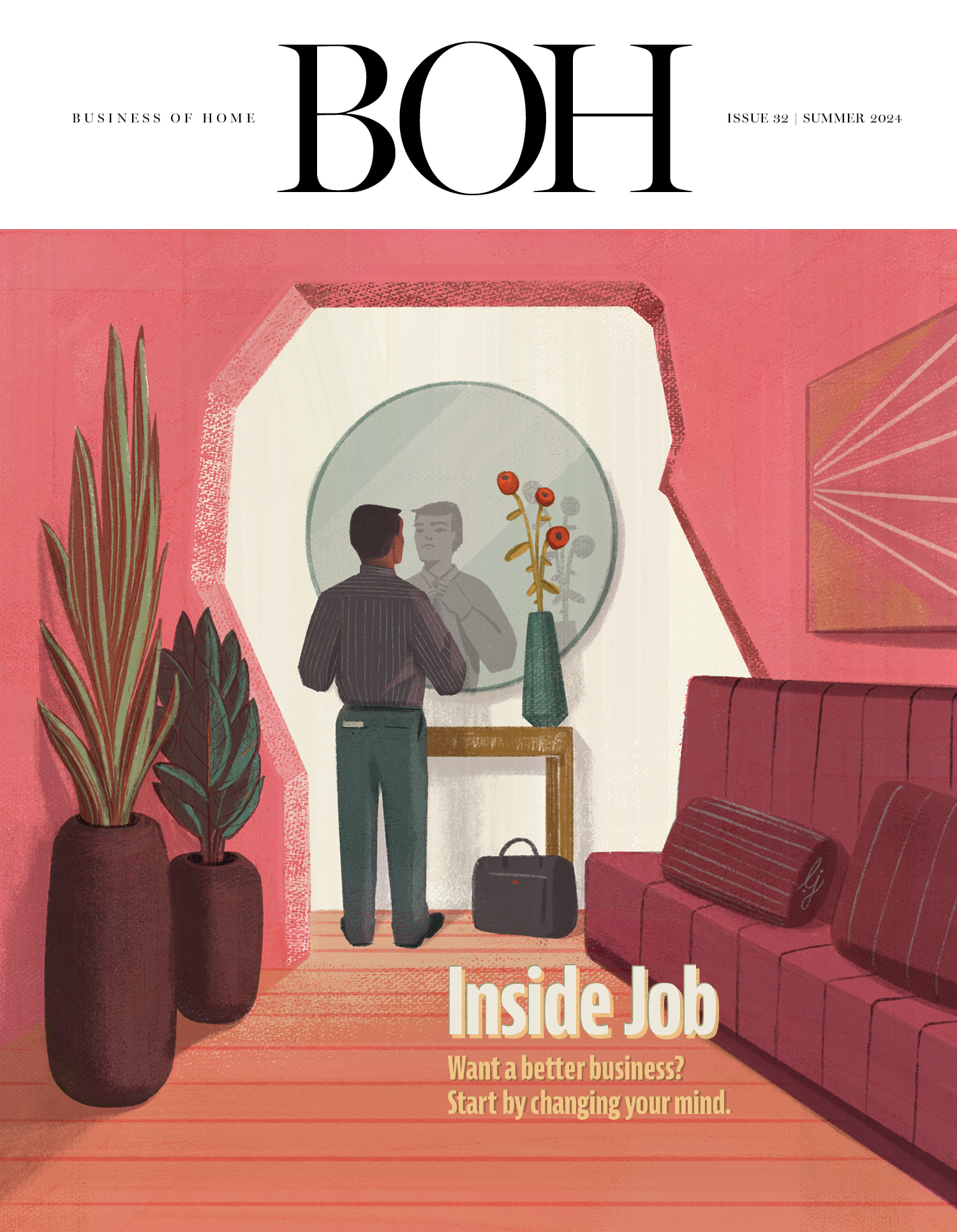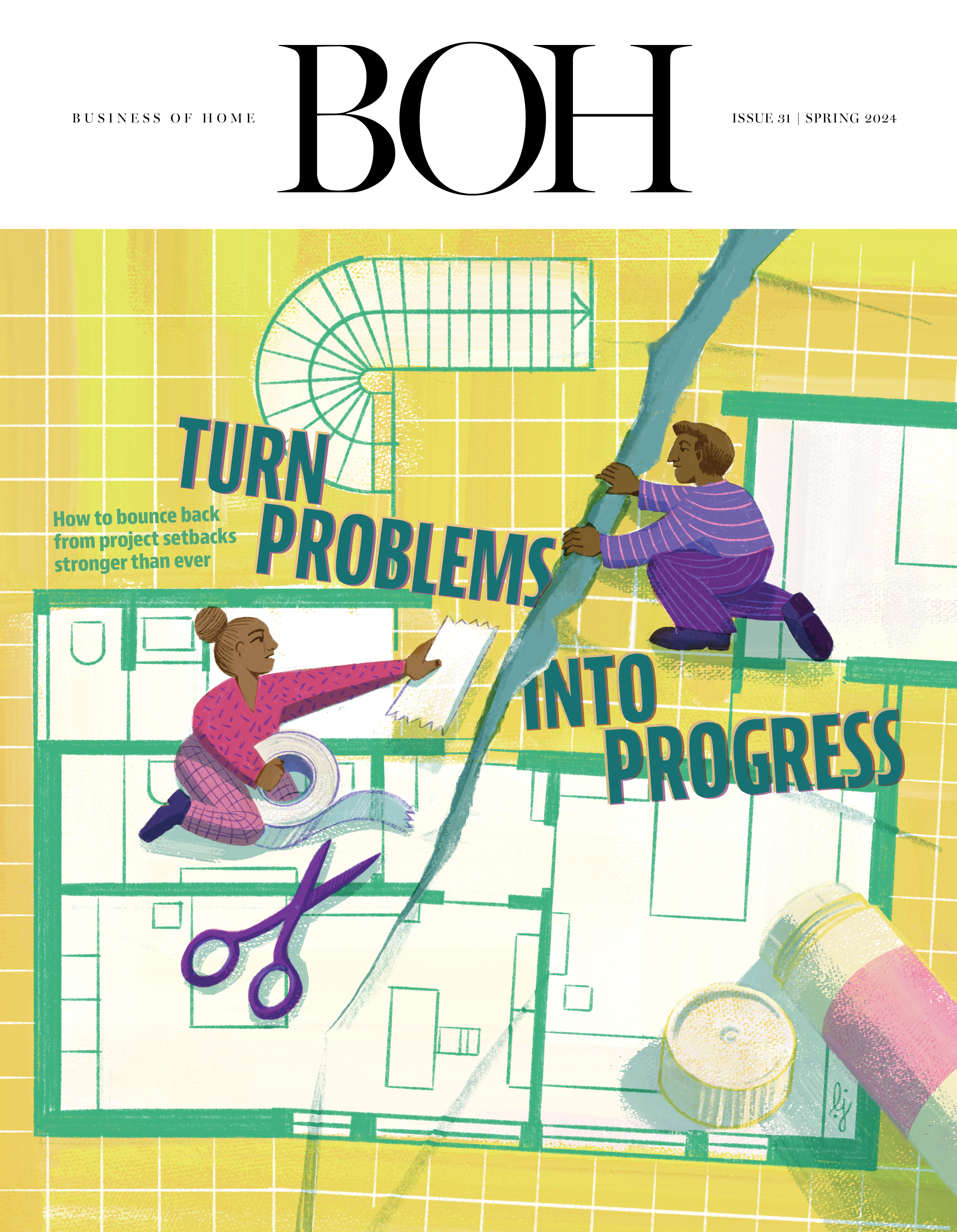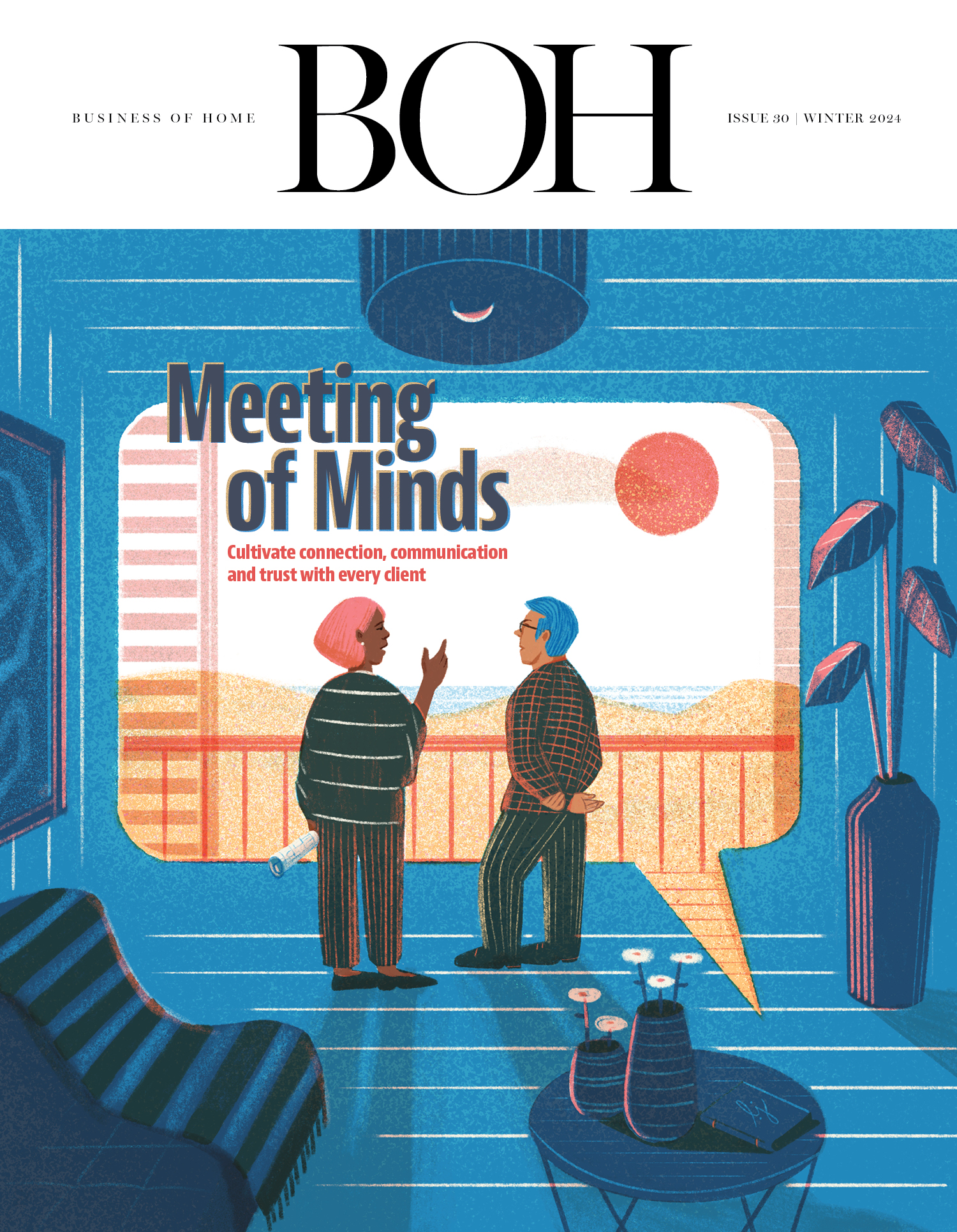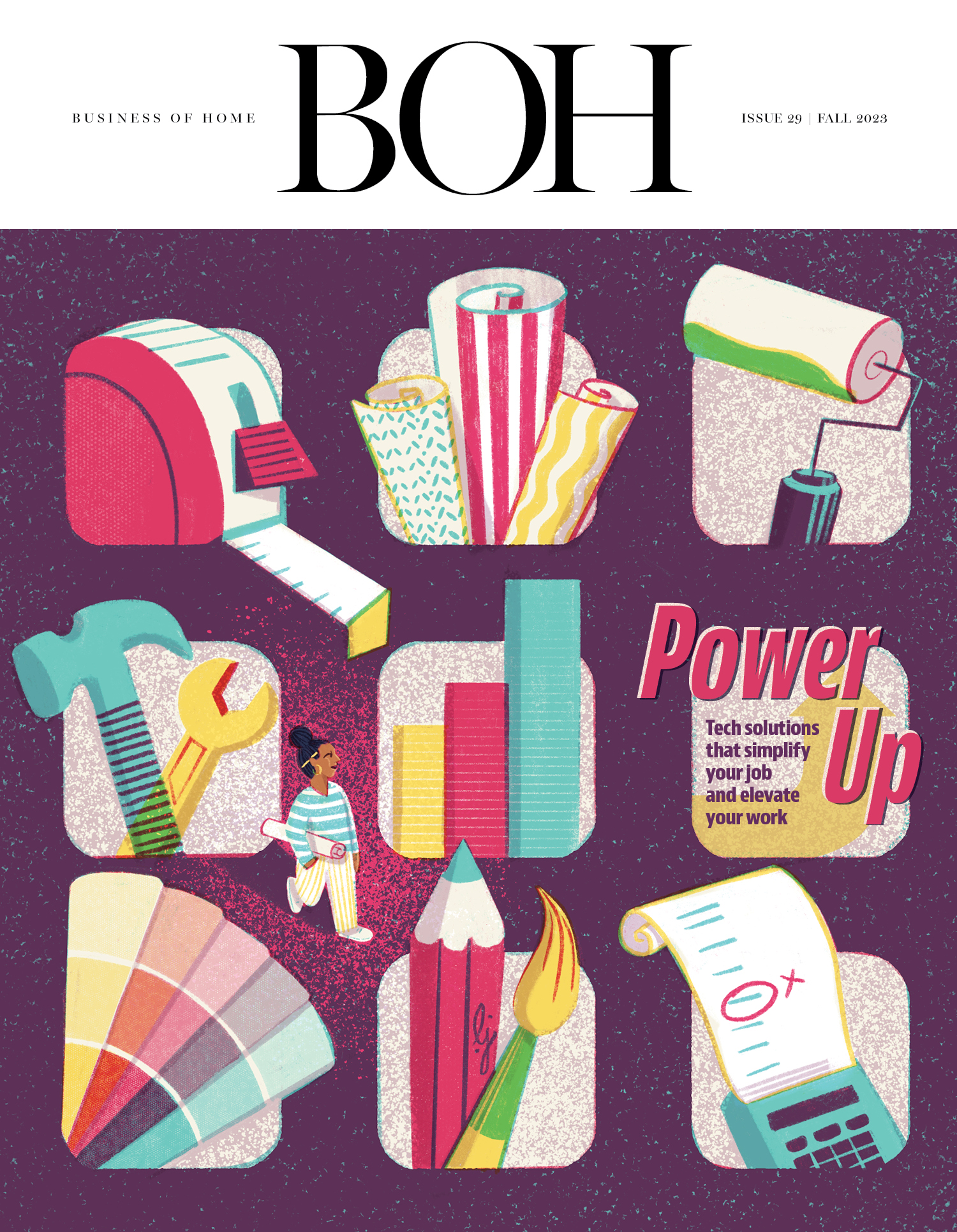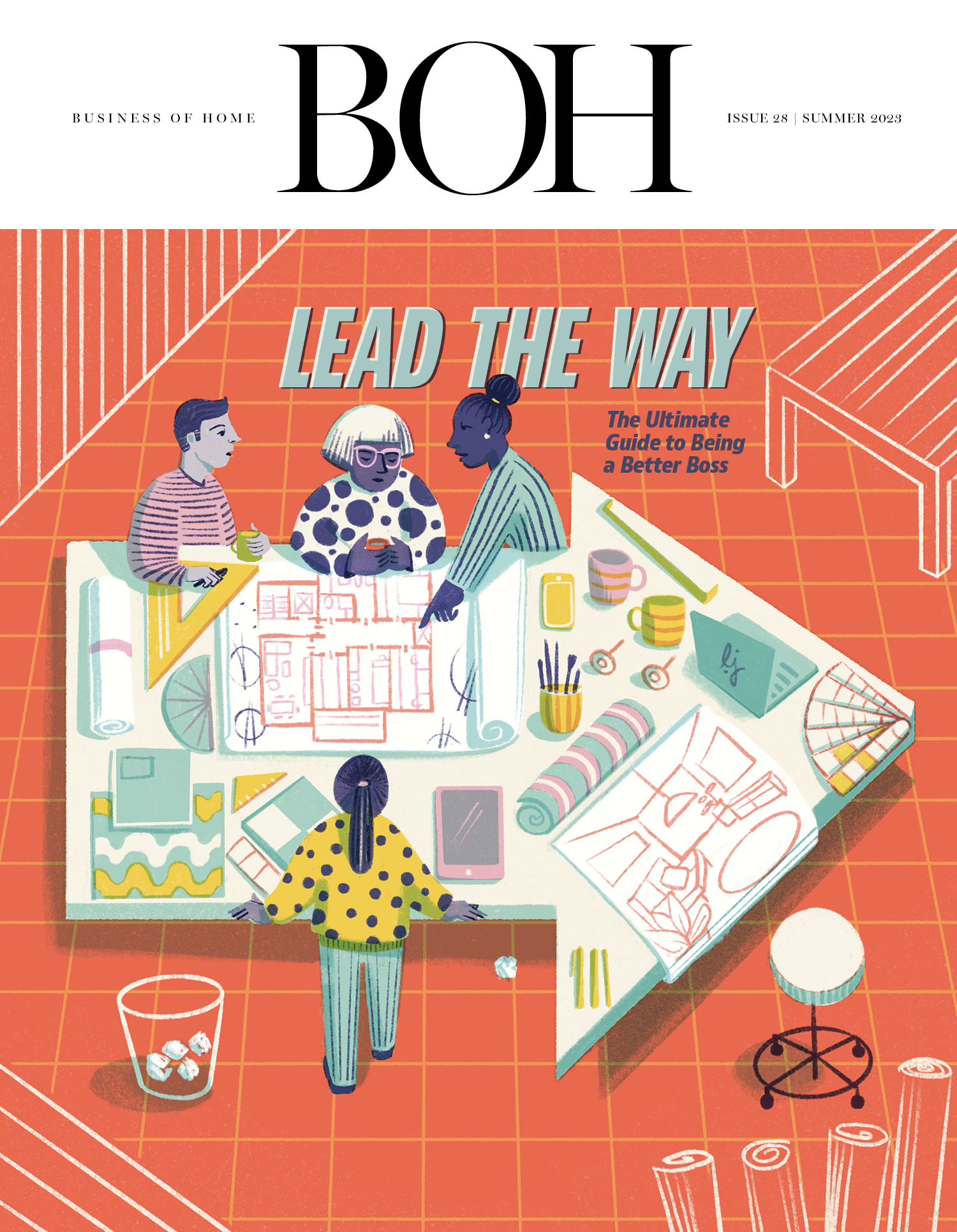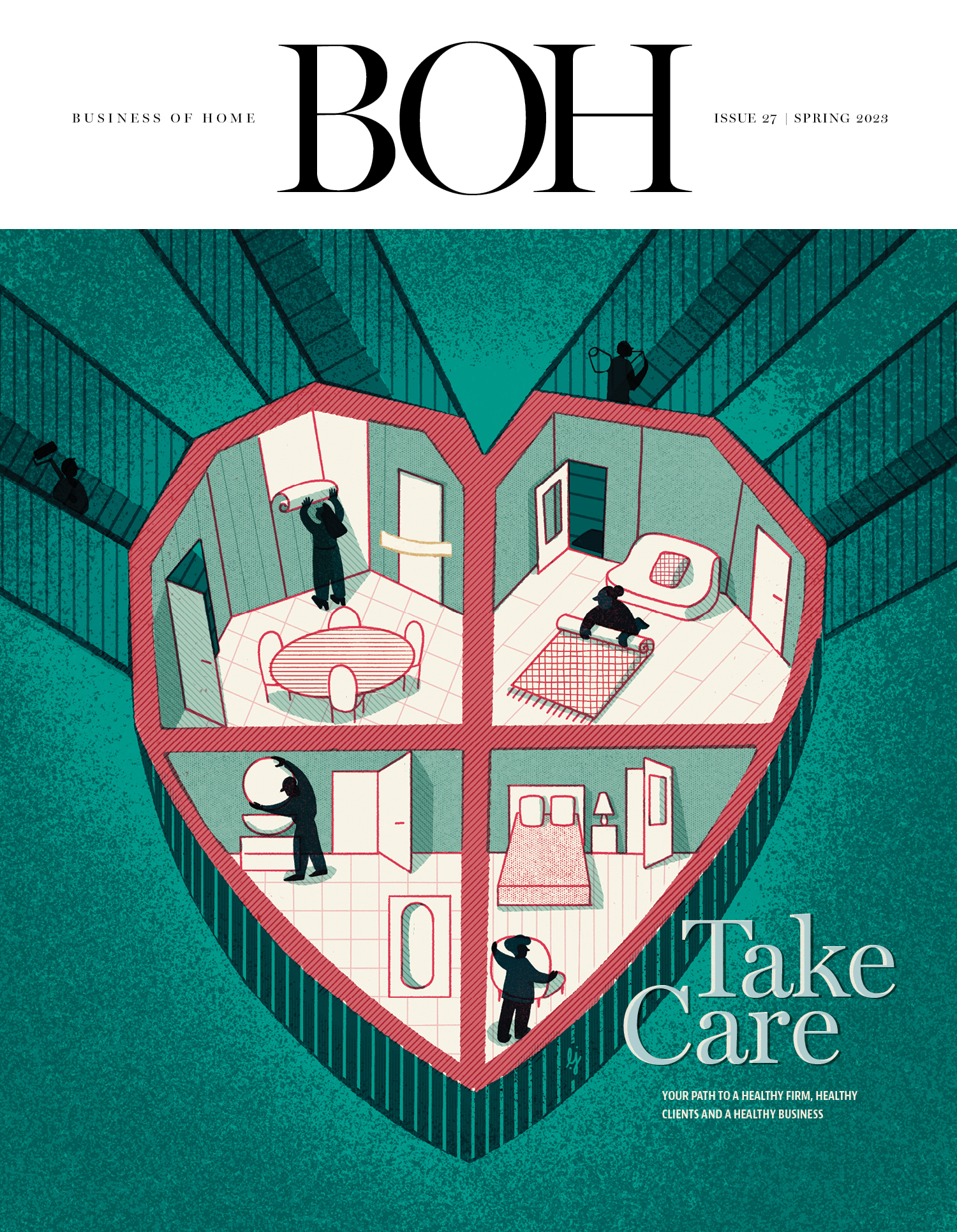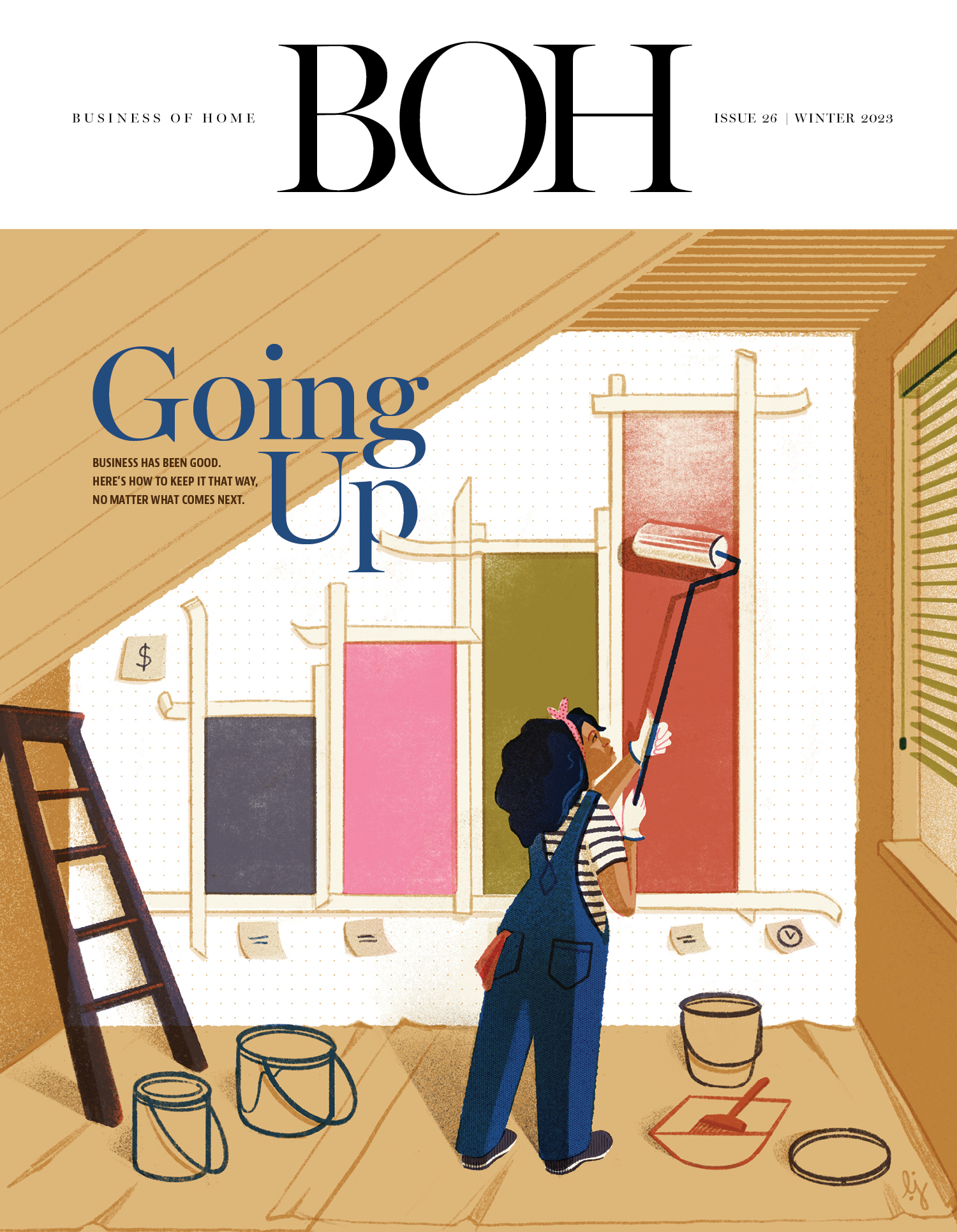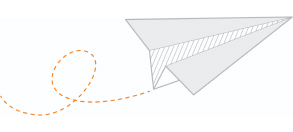Dear Sean,
Thank you so much for your recent column on how to take a vacation. My own holiday is coming up soon and I am getting ready to unplug. That said, while I will not be working in the business, I always love to work on the business. I am an avid reader and do not need suggestions on books; are there any exercises you would recommend to help inspire me during my downtime?
Seeking Inspiration
Dear Seeking Inspiration,
Journaling is the best way I know to get to the essence of your creative business—an absolutely awesome exercise to surface unexpected insights about and blind spots in your design business. If you really want to share your authentic truth with yourself first and the world second, start by journaling.
There are many ways to journal, and by no means am I saying my way is best; it’s just a path to discovery that I have found really works for designers. It can help you find values you believe in and words that mean something to you—ones you will be willing to fight for.
The exercise: Three days of journaling, a day to let it be, and then one last session to review and pick out powerful words and phrases that will become the basis for changes you might want to make in your design business. I have literally seen the results of these pages redefine how designers talk to clients (potential and actual) and structure their business to reflect their discoveries. The process is designed to spark evolution through introspection.
The writing: For three consecutive days, before you go to sleep, think of a question you have about your design business. It does not really matter what it is, as long as it is on your mind: Could I raise my prices? Hire/fire an employee? Get a new website? Do more on social media? Anything related to your design business works. Handwrite that question at the top of a page in your journal. (Yes, you have to write on paper; no laptops or iPads, as this facilitates a different kind of presence and reflection.) Go to sleep. When you wake up, before you get out of bed, free-write for six to 10 minutes in response to the question you wrote the night before. (It may help to pick a length of time beforehand and aim to stick to it for each of the three days.) It’s natural to find your mind wandering away from the original question—you might end up not answering it at all. Does not matter. Keep writing. You must write for the time you committed, and don’t stop for any reason, especially to pause to think. Do not read it while you are in the middle of writing it, nor when you are done for the day. Write for the time you set and then put it away until after you finish your three days. Only on the fifth day, after your day of rest, are you allowed to read and review all your writing.
The review: On the fifth day, have two highlighters handy. First, just read your pages to get a feel for what you wrote. Next, have your first highlighter handy and highlight any single words you wrote repeatedly. Maybe it is “beautiful” or “lovely,” but could also be “stark” and “intriguing.” Rank the four most-frequently-used words, from most-repeated to least. Then use the other highlighter to note any repeat phrases—from “calm, peaceful energy” to “trusting client.” Again, rank the top four phrases from most-used to least.
Now, toss out the bottom two words and phrases and focus only on the top two for each.
My bet is that after going through these steps, you will suddenly see things about your design business and yourself that you have never seen before. For example, one designer found that if design is not intriguing, it is irrelevant to her and, by proxy, her client. Another realized that she only considers a space done when it is beautiful, and beautiful when it is done. Both of these designers were nowhere close to these ideas before writing their pages, but are now relentless in pursuit of them through their designs and their businesses.
Here is the thing—your truth is your truth, and to paraphrase Shakira: Your subconscious don’t lie. If you give yourself permission to go there, then you will find yourself as both an artist and a businessperson. The disconnect(s) you will identify between what you wrote and the platitudes you have likely surrounded yourself with become a wake-up call. You will discover quickly that when your pages show what you are hiding from yourself, the hiding becomes unsustainable—and often unnecessary.
Translation: Knowing who you most wish to be is the best driver to help get you there authentically and uncompromisingly.
Today more than ever, people do business with people. There is nothing more personal than design, as the way someone will live their lives is literally in your hands. The depth of what matters is what we all crave (you, your clients and your employees alike). Without that, it is too easy to be regular, unremarkable and unoriginal—a place where you might make a living, but you will never find joy. Joy comes from fulfilling the promises you make to yourself for clients that really get it. Dare to listen to yourself. If not you, then who?
Last, please do not share these pages with anyone other than those who are rooting for you without ego—someone who will read them not with a desire to shape your interpretation, but only to hold you to your words. If that person does not exist in your world, best to keep the words to yourself.
Let self-awareness be its own fuel and reward—for you, sure, but for your design business most of all. Happy vacation, and happy journaling.
____________
Sean Low is the go-to business coach for interior designers. His clients have included Nate Berkus, Sawyer Berson, Vicente Wolf, Barry Dixon, Kevin Isbell and McGrath II. Low earned his law degree from the University of Pennsylvania, and as founder-president of The Business of Being Creative, he has long consulted for design businesses. In his Business Advice column for BOH, he answers designers’ most pressing questions. Have a dilemma? Send us an email—and don’t worry, we can keep your details anonymous.




